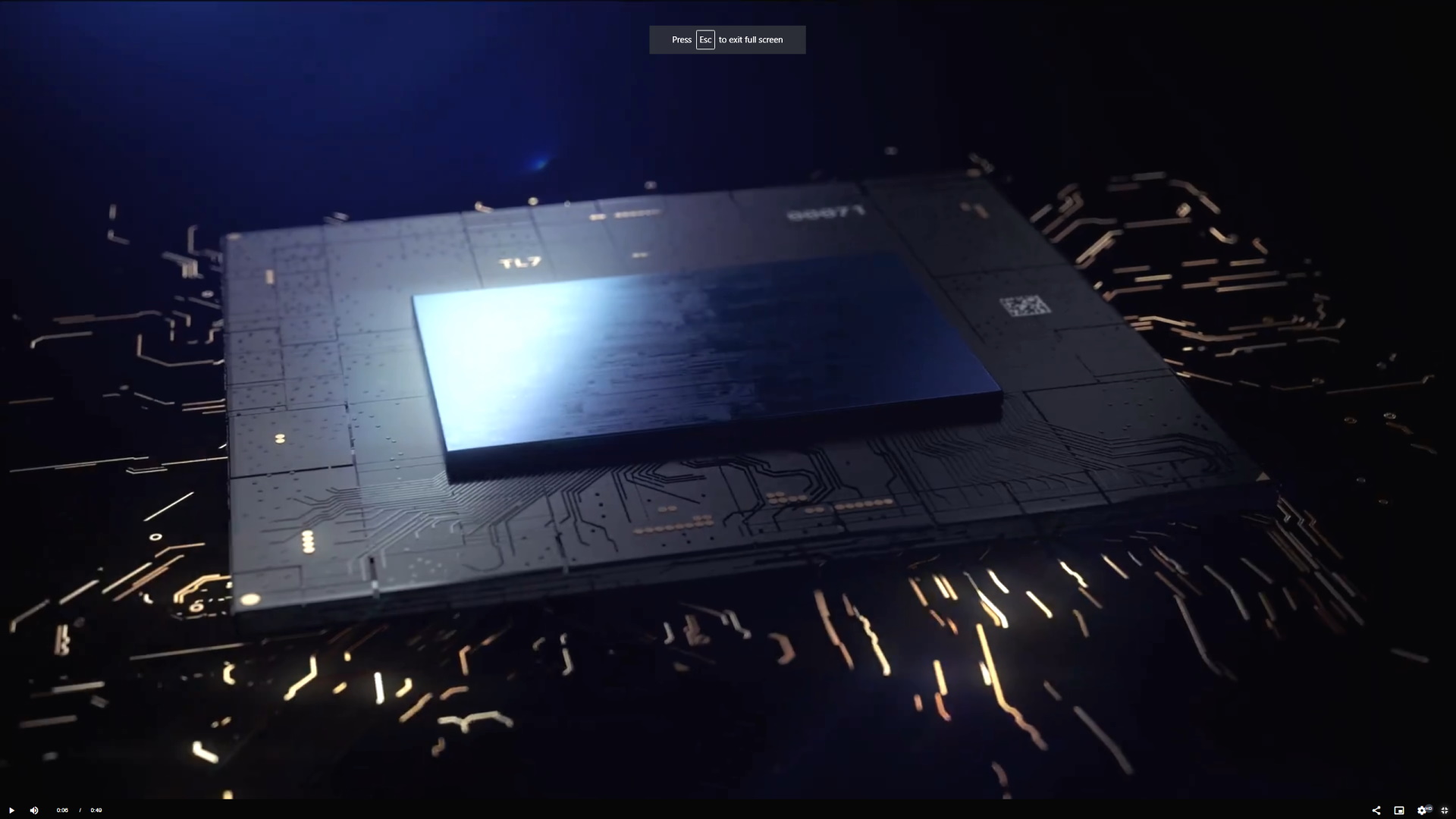
Agreement starts with phone-style SoCs but could scale to chips for PCs.
Intel has announced a new deal to make it easier for chip designers to use Intel’s 18A manufacturing tech to make Arm-based SoCs. But this doesn’t mean your next gaming PC will be Arm-powered, even if that may well happen one day.
The deal with Arm isn’t actually an agreement to manufacture anything immediately. Indeed, it’s not a deal between Intel and Arm to make anything at all, be that SoCs or CPUs.
Instead, it’s all about optimising Arm’s chip designs and IP for Intel’s upcoming 18A node, and vice versa, making it easier for the third party licensees who use that Arm IP to hire Intel to make their chips.
Intel says the support it will offer those eventual customers goes beyond traditional wafer fabrication to include “packaging, software and chiplets.” A sort of one-stop shop for turning an idea for a new SoC into a physical, usable product, then.
Moreover, this deal doesn’t really say anything new about Intel’s commitment to its x86 PC processors. The company’s IDM 2.0 strategy which CEO Pat Gelsinger laid out a couple of years ago expressly made foundry services, or manufacturing chips for and designed by customers, central to a new era envisaged for Intel.
Intel has manufactured chips for customers before. But for the most part its fabs have been dedicated to making its own designs. The IDM 2.0 strategy would see Intel take on the likes of TSMC in the competition to be one of the world’s great foundries, opening up its fabs to any and all paying customers.
Arm’s share of the PC market is ever growing… (Image credit: Counterpoint)
The initial agreement with Arm involves chip IP for SoCs, like those used in smartphones. To what extent that might overlap with Arm chips used in PCs isn’t clear. The chips used to make Arm-based PCs, which are mostly laptops like the Lenovo Thinkpad X13, and indeed Apple’s M1 and M2 computers, are all SoCs rather than pure CPUs.
Recent research indicates that Arm chips are set to double their market share in the PC market from 12.8% in 2022 to 25.3% in 2027. At the very least, this new deal may help Intel to cash in on any broader long-term shift away from traditional x86 PC processors towards Arm chips.
The whole Arm-assimilating-the-PC thing has long been predicted. But most of the recent market share gains by Arm are represented by Apple’s move to Arm from Intel x86 chips. Windows-based PCs running Arm chips remain very niche. And we’re nowhere near a gaming PC running on Arm.
Despite those caveats, the smart money probably still says Arm will take over the PC eventually. And if it does, this Intel-Arm deal might in hindsight look like a key stepping stone.



